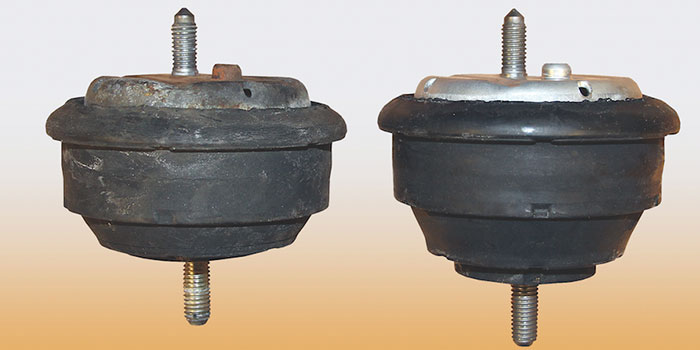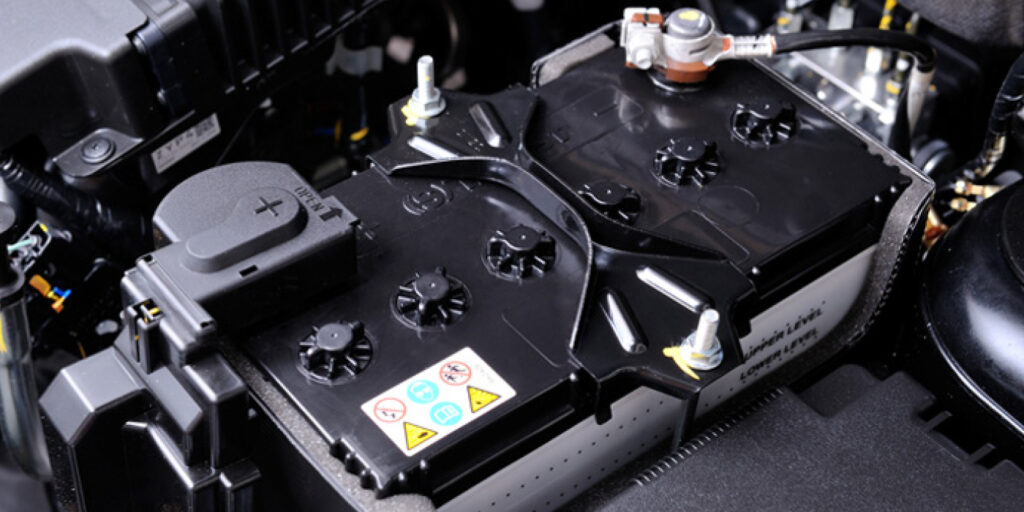Hydraulic engine mounts are getting more popular because they provide a much smoother and quieter ride than mechanical mounts. Because they are so critical to the vehicle’s handling and performance, hydraulic engine mounts should be carefully inspected to make sure they are working properly.
Over time and use, hydraulic engine mounts can start to fail and “pancake.” This can directly affect the height and position of the engine, which not only leads to a deteriorating ride, but also has the potential to damage other components such as the cooling fan and shroud. A visual inspection doesn’t always do the trick because the leakage may not be evident. So, you need to troubleshoot several factors to make sure that the mounts are doing their job.
First and foremost, talk to the customer and check the vehicle’s ride and handling. Then, feel for vibrations in the steering wheel when the vehicle is at idle. Rev the engine and see if it jumps or has any excessive movement. Some engines with failed mounts have been known to jump high enough to dent the inside of the hood.
In addition to proper inspection, CRP Automotive suggests that replacement of hydraulic engine mounts that have reached the end of their useful service life will ensure the vehicle performs at its best and help keep customers from incurring a larger, more costly repair.
Courtesy of CRP Automotive/Rein Automotive. For more information, go to reinautomotive.com.













